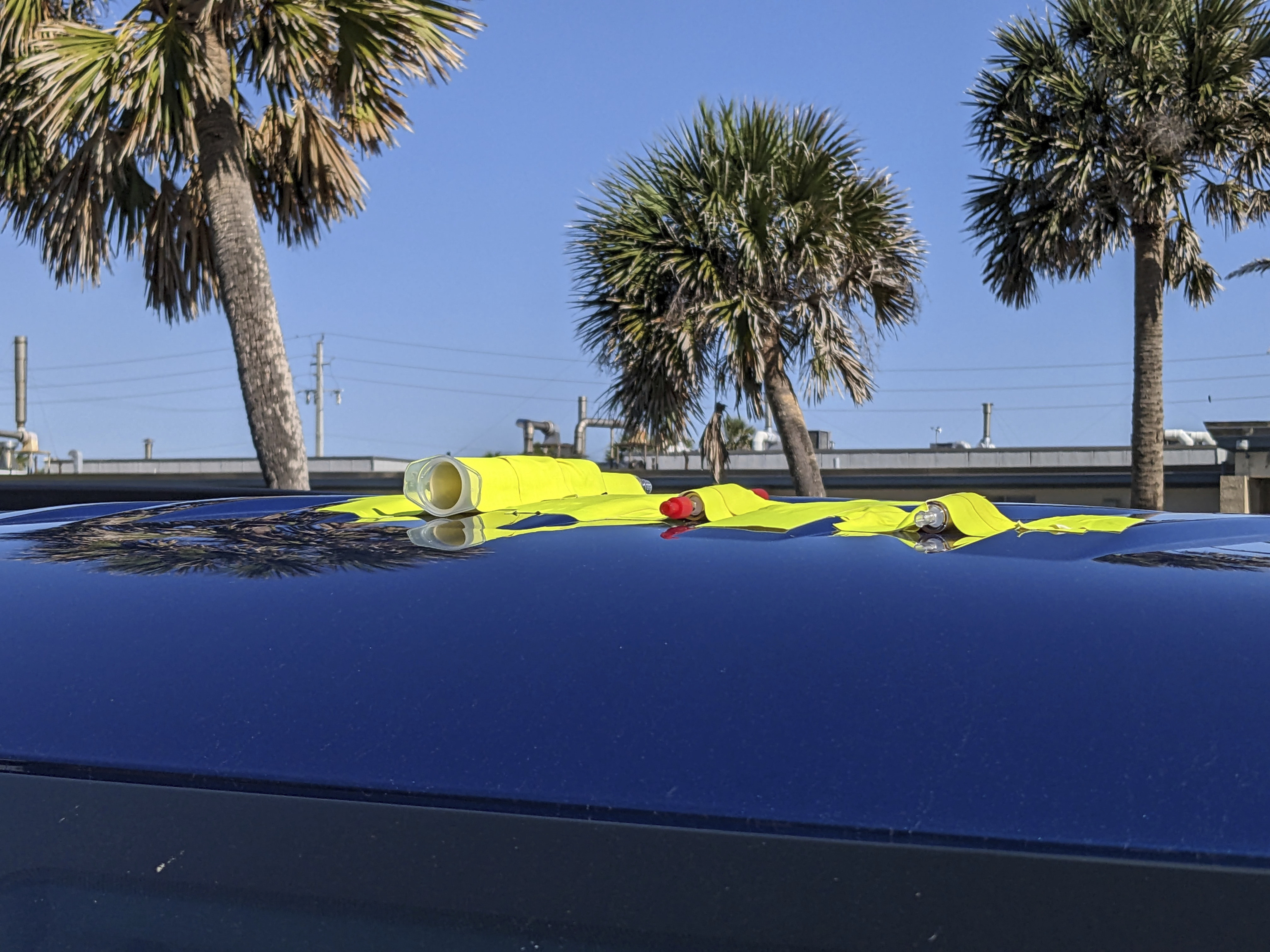When one thinks of the Dublin environment, images of pints of Guinness or Celtic music immediately come to mind. However, it's not just violins, bagpipes, and beers floating in the air. There are also cannabis, poppies, and even hallucinogenic mushrooms. This is confirmed by a new study from the University of Florida, which has begun exploring the possibilities of analyzing the DNA in city air.
"The level of information available in environmental DNA is such that we are just beginning to consider its potential applications for humans, wildlife, and other species, and its implications for human health," notes David Duffy, a wildlife genomics professor at the University of Florida and the lead author of this study.
Located at the Whitney Laboratory for Marine Bioscience at the University of Florida, Duffy's lab developed new methods to decipher environmental DNA, also known as eDNA, to study the genetics of sea turtles. The DNA traces left by turtles provide scientists with a simple way to track the health and whereabouts of these animals, a key step in their conservation. They have now expanded these tools to study all species, including humans, from DNA captured in environmental samples of water, soil, or sand.
Stray DNA strands are not only deposited in muddy soil or flowing in rivers. The air itself is impregnated with genetic material. A simple air filter running for hours, days, or weeks can detect traces of almost all species growing or roaming nearby.
Humans cough, spit, expel, and discard their DNA everywhere. Signs of human life can be found almost everywhere, a ubiquity that is both a scientific advantage and an ethical dilemma, as with a filter, we can identify mutations associated with diseases, predict an imminent pandemic, determine the genetic ancestry of populations, neighborhoods, or scenarios where drugs are consumed.
"Initially, it seemed challenging to obtain large intact DNA fragments from the air, but it turns out it's not. We are finding a lot of DNA that provides us with a wealth of information," says Duffy. "This means that species can be studied without directly disturbing them, without even seeing them. It opens up huge possibilities for studying all species in an area simultaneously, from microbes and viruses to vertebrates like red lynxes and humans, and everything else."
Researchers demonstrated they could detect signals of hundreds of different human pathogens in the air of Dublin, including viruses and bacteria, which could help scientists track emerging diseases and common allergens like peanuts and pollen more accurately than currently possible.
In another demonstration of the power of environmental DNA, Duffy's lab also managed to identify the origin of red lynxes and spiders whose DNA was extracted from the air in a Florida forest. With little more than an air filter, scientists tracked endangered species and identified their origin without having to observe elusive animals or dig into the forest floor for fecal samples. In trying to save and preserve wildlife, knowing where an animal comes from can be as important as knowing where it is currently located.
These analyses raise ethical concerns for which Duffy's team has requested guidance. A scientist, a company, or the government could go to the local river, collect a glass of water, and take a good chunk of your DNA, your children's, your neighbor's, or an entire town's.
"There is no single genetic variant that conclusively identifies any race or ethnic population," says Connie Mulligan, an anthropologist at the University of Florida researching human ancestry genetics. But that fact would not prevent "an overly enthusiastic government from misinterpreting genetic information to eradicate populations they do not favor."
The team also demonstrated that analyses can be done at high speed. A single researcher could process DNA from each species in just one day using compact and affordable equipment with cloud-based software. This response is much faster than would have been possible just a few years ago and opens the door to advanced environmental studies worldwide. "It seems like science fiction, but it is becoming a scientific fact," Duffy said. "Technology is finally catching up with environmental issues."
